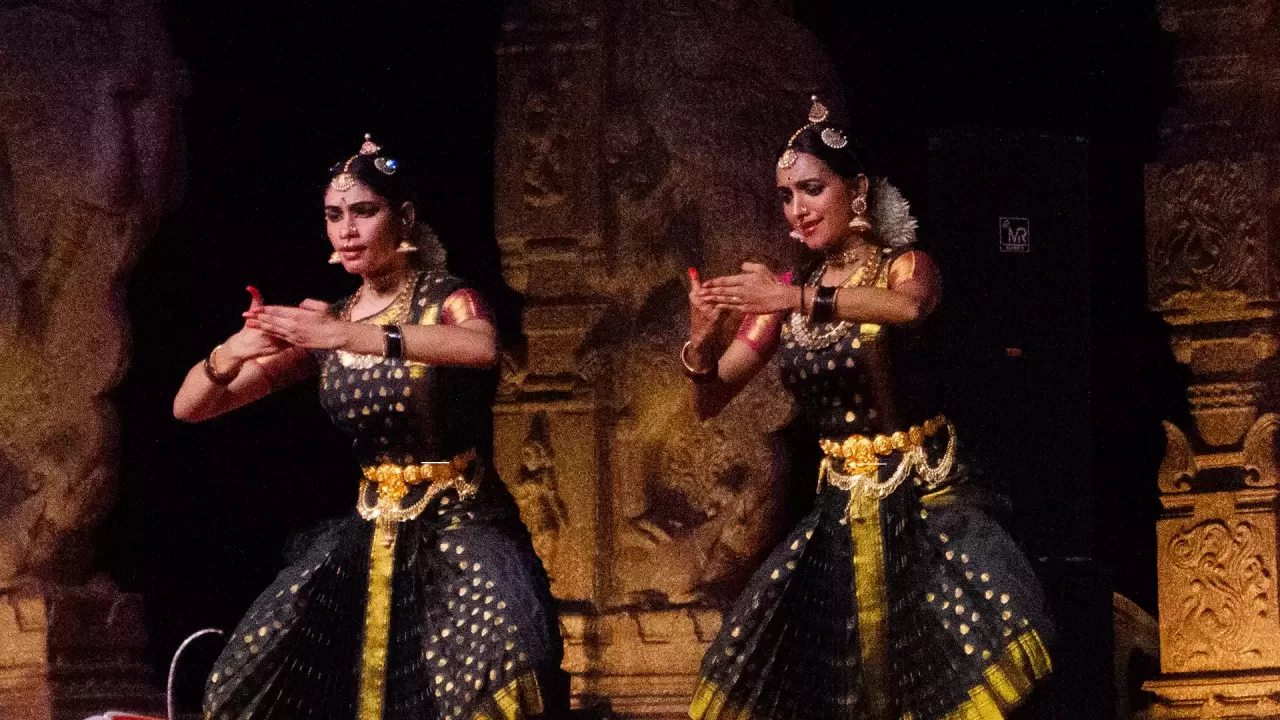Imagine more than 7,000 dancers performing dance in a single venue for about 14 minutes! That too at the same time. This extravagant and mesmerising performance took place in the temple of Lord Shiva, the Cosmic Dancer, in the Chidambara Nataraja Temple in Cuddalore in 2019 as part of Tamil Nadu’s annual dance festival, Natyanjali and entered the Guinness Book of World Records.

Artistes cannot get a better venue for their maiden dance performance or Arangattem than at the time of the much-famed Natyanjali Dance Festival in Tamil Nadu. The art festival falls on Mahashivaratri (festival of Lord Shiva), in the Tamil month of Maasi (between February and March). Natya means “dance'' and Anjali means “offering” - the festival of dance offering to God. The history of the festival dates back to 1981 as a low-profile event that took place in the ancient Chidambara or Thillai Nataraja temple in Chidambaram. The Nataraja idol represents Shiva as the cosmic dancer and people believe that there is no better offering to God than performing the dance itself. Artistes do their dance performances as an offering to God against the background of the aesthetic architecture that has engravings of 108 karanas from Sage Bharatha’s Natyasastra – the encyclopedia of performing arts. Scores of spectators throng the venues to see the performances.
The festival upholds the message of ‘unity in diversity’ where classical dancers from across the world come to Tamil Nadu to perform classical dance forms such as Bharatanatyam, Kuchipudi, Mohiniyattam, Kathak, Odissi and Pung Cholam. Even though the performance was initially limited to the Chidambaram Nataraja temple, it is now performed in the tourism shrines across the state, in cities including Chennai, Thanjavur, Thirunallar, Nagapattinam, Kumbakonam, Thiruvanaikoil and Mayavaram. Around 300 plus dancers, including senior and established artistes, along with accompanying artistes congregate for this auspicious art festival. Along with the Natyanjali Trust, the festival is jointly organised by the Department of Tourism of the Tamil Nadu Government and the Ministry of Tourism, Government of India.